31 seaports receive ships with tonnage larger than designed
According to statistics from the Vietnam Maritime Administration, from 2019 to present, the Vietnamese seaport system includes 34 seaports. Of which, 31 seaports have received ships with tonnage larger than designed to enter and exit the ports.
In addition, there are 3 seaports that have not yet received ships with tonnage larger than their design: Thai Binh, Kien Giang and An Giang seaports.
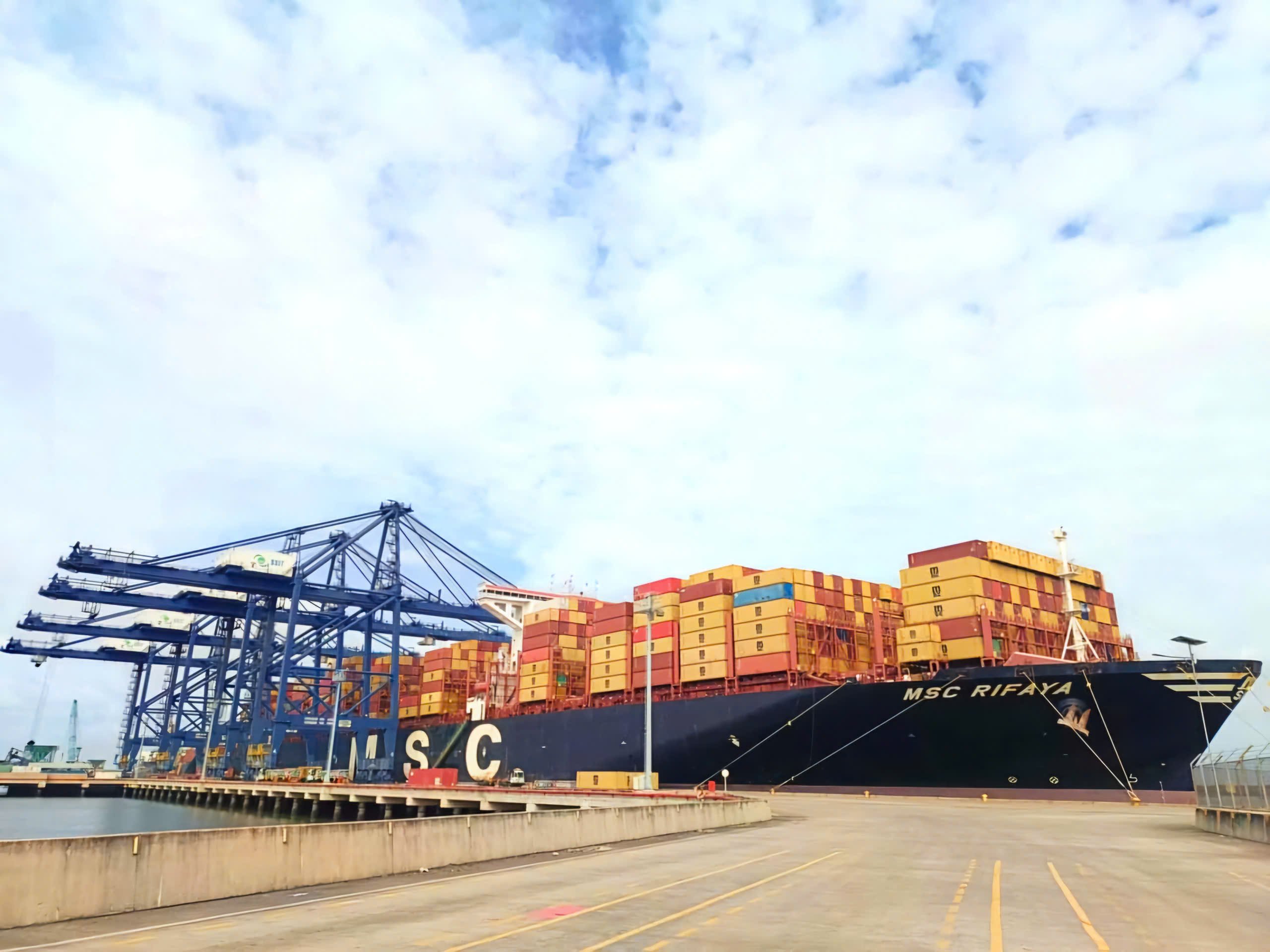
Recently, many seaports have been approved to receive ships with larger tonnage than designed (Photo: SSIT).
Of the 31 seaports that have received large tonnage ships, 13 seaports have wharfs approved by the Ministry of Transport (MOT) to allow large tonnage ships to enter and leave the port (in which the ports that receive large ships are mainly in the seaport areas of Hai Phong, Vung Tau, and Ho Chi Minh City).
Specifically, 64 ports have been approved by the Ministry of Transport to inspect and upgrade the wharf structure to receive large-tonnage ships.
Typically, in recent times, there have been a number of ports approved by the Ministry of Transport to receive ships with tonnage exceeding the design, such as Cai Mep International Port (CMIT) which was approved in principle to receive ships of 214,121 DWT with reduced load; Cai Mep Gemadept Terminal Link Port was approved in principle to continue trial exploitation to receive container ships with tonnage up to 232,606.3 DWT with reduced load; Saigon Port International Container Terminal - SSA (SSIT) was allowed to receive container ships with tonnage of 199,273 DWT with reduced load...
Ports are only allowed to receive large cargo when ensuring suitable conditions regarding existing shipping channels, natural conditions, operating conditions and other related contents to ensure safety of construction structures, maritime safety, maritime security, fire and explosion prevention and environmental pollution prevention.
According to the draft Project "Improving the ability to exploit public maritime infrastructure and existing port infrastructure" of the Vietnam Maritime Administration, maritime routes in Vietnam basically have good width and depth to ensure receiving large tonnage ships in each area.
For shipping routes with high density of vessels, especially areas with large tonnage vessels operating regularly, dredging, maintenance and upgrading are required, such as the shipping routes of Hai Phong, Nghi Son, Saigon - Vung Tau, Cai Mep - Thi Vai...
In addition, the dyke and revetment system is also a political project invested in and built by the state to block waves, block sand, regulate the flow, prevent riverbank erosion, protect shipping channels, and play an indirect role in receiving large tonnage ships.
More and more large ships enter and exit the port.
Representatives of the Vietnam Shipowners Association assessed: Recently, the number and frequency of large tonnage ships calling at Vietnamese seaports has gradually increased, especially in key deep-water seaport areas such as Hai Phong and Ba Ria - Vung Tau.
The number of ships with larger tonnage than designed in port areas approved by the Vietnam Maritime Administration has grown significantly, from 4,538 in 2019 to 5,474 in 2023 – an increase of more than 20% in just 5 years.
With a strategic geographical position on the international shipping route connecting major markets such as China, Korea, Japan, ASEAN, Europe, North America..., a diverse seaport system along the coastline of more than 3,200km with deep-water ports that can accommodate super container mother ships, and increasingly advanced investment capacity in maritime infrastructure and technology, Vietnam has great potential to develop the seaport system, optimize the ability to receive large ships, aiming to ensure sufficient capacity to accommodate the world's largest super container ships, raising the position of Vietnam's seaports.
Meanwhile, statistics from maritime websites such as Alphaliner, Linerlytical... large container ships (especially from 18,000-24,000 Teu) are taking up an increasingly high proportion of the total capacity of the world's fleet over the years. It is predicted that from 2025, there will appear super large container ships that can be up to 30,000 Teu.
This is considered an inevitable trend to meet the needs of global trade growth, improve supply chain efficiency, increase fleet capacity and reduce costs per unit of goods for shipping lines.
From that, it can be seen that the trend of increasing ship size is becoming more and more popular, which has placed high and urgent demands on seaports to constantly upgrade and meet reception capacity.
Therefore, to enhance its position and become an attractive destination serving global shipping routes, Vietnam's seaport infrastructure capacity needs to be focused on and upgraded appropriately.
"Ensuring the ability to receive super ships not only helps Vietnam increase its goods sources and strengthen its integration into the global supply chain, but also creates momentum for the development of coastal industrial zones, warehouses, logistics distribution centers, etc., promoting the country's import and export activities," said a representative of the Vietnam Shipowners Association.
Source: https://www.baogiaothong.vn/64-ben-cang-duoc-chap-thuan-don-tau-co-trong-tai-vuot-thiet-ke-192240925104647936.htm



![[Photo] Binh Trieu 1 Bridge has been completed, raised by 1.1m, and will open to traffic at the end of November.](https://vphoto.vietnam.vn/thumb/1200x675/vietnam/resource/IMAGE/2025/10/2/a6549e2a3b5848a1ba76a1ded6141fae)




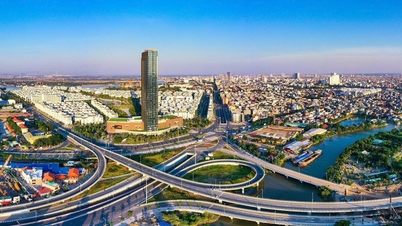

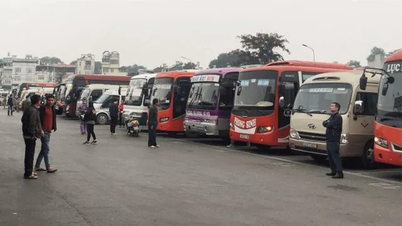

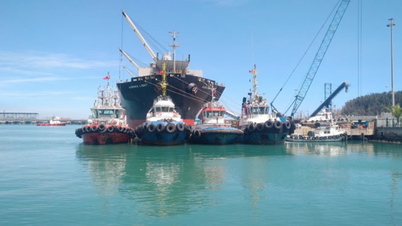


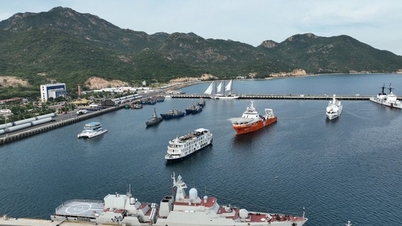
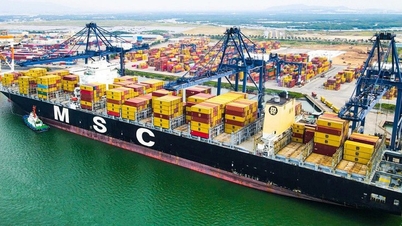
















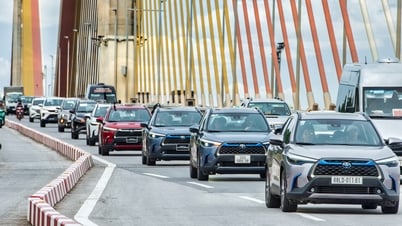



































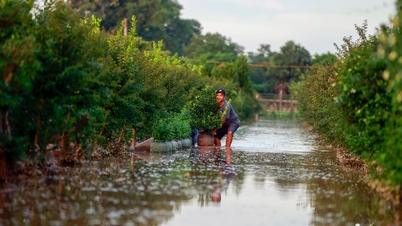





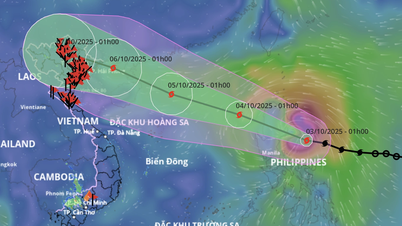
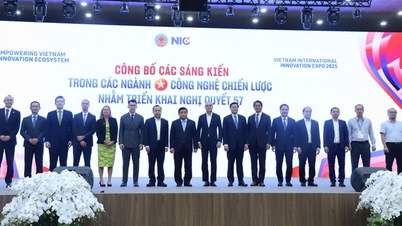

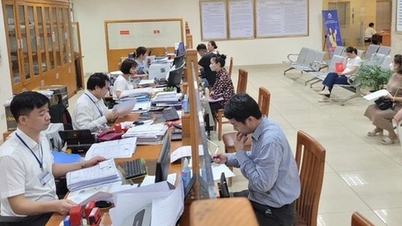
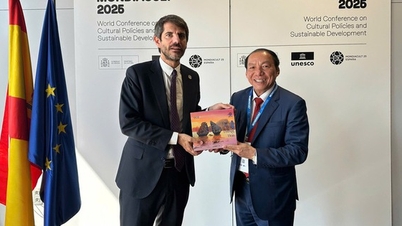







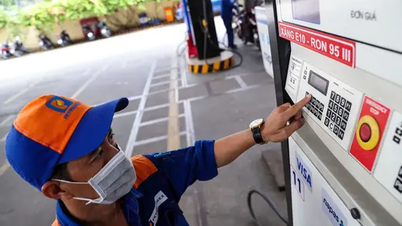

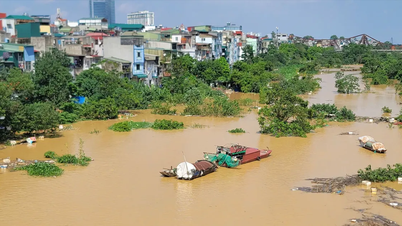
















Comment (0)